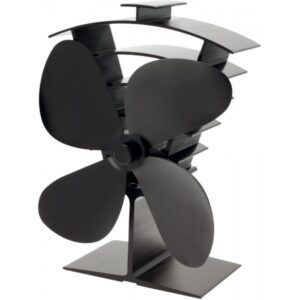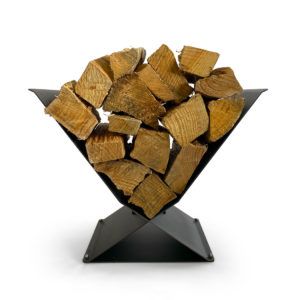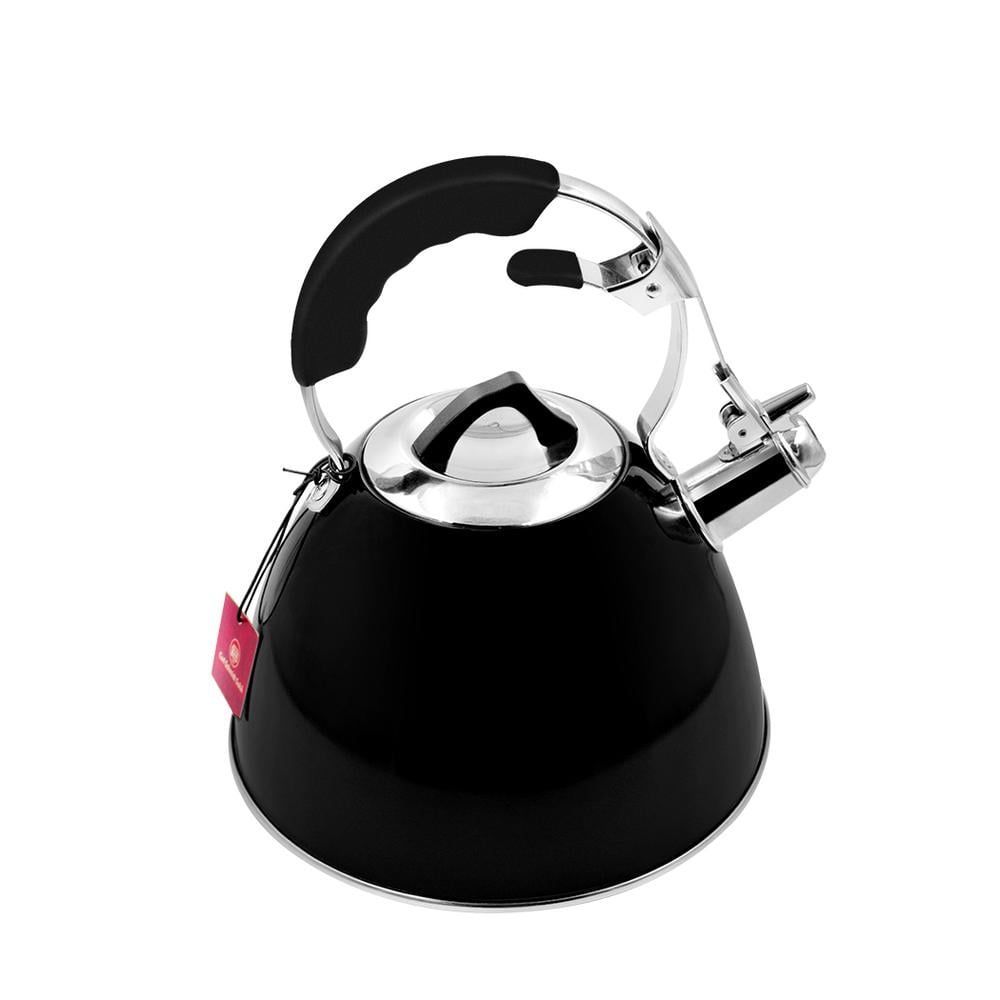Buying firewood? How to light a fire, know how dry your wood is, FAQ's
Overnight burn Fires
How to use your wood burner
Use your Wood burner right
1. Use only dry, seasoned fire wood from a reputable supplier. It can cost more per cord, but you will use less of it to get more warmth into your home.
2. Dry seasoned firewood will have been correctly dried over a 2 years minimum period of management or dried in a kiln. This careful management achieves a very dry wood that burns with a lot of heat.
3. Go outside and check your chimney – you will see smoke when it’s first lit, but once the fire is well underway and hot, you should just see a shimmer of heat.
4. Don’t damp the fire down when you go to bed, as this increases the smoke as the fire smoulders. Modern compliant units won’t allow this anyway.
5. Never burn treated or painted wood, or driftwood from the beach. It may be free but has hidden costs because burning releases harmful chemicals which will damage your burner and harm your health.
6. Put your rubbish in the bin, not in the fire.
7. Burning plastics particularly releases harmful chemicals, and it smells.
8. Have your wood burner and flue professionally checked and serviced each year before the winter begins - Tricklebanks provides this service and can recall your flue clean yearly for you.
9. Replace parts required when due - Tricklebanks has a large selection in store and can order those we don't have.
What is good WOOD to use
- Plantation pine - Great for kindling. One of the most common firewoods used throughout NZ as it comes from pine plantations and burns very cleanly. Thin compact bark. Description when split - Smooth grained wood, mostly free of knots, light coloured. Drying time (ready to burn) 1 to 2 years. Moisture content 15-20%.
- Douglas fir/Oregan - Great for kindling. Normally taken from plantations when 25-30 years old. Light smooth bark. Description when split - Has a distinctive orange centre with a whitish ring towards the bark. Ideal for splitting to make kindling. Very few knots, lightweight. Drying time (ready to burn) 1 to 2 years. Moisture content 15-20%.
- Blue Gum - Great for a long burn. In the hardwood category, light-coloured smooth bark. When aged shows radial cracking, which indicates low moisture. Heavier than pine. Description when split - Light to dark in colour. Normally smooth-grained wood with no knots. Drying time (ready to burn) 5 to 6 years. Moisture content 15-20%.
- Macrocarpa - Usually cut from Shelter belts. Similar to old man pine but with thin bark. Description when split - Brownish dark colour with knots showing and little gum. Heavier than pine. Drying time (ready to burn) 3 to 5 years. Moisture content 15-20%.
- Tea Tree/Manuka - Normally cleared from farmland as scrub. One of our heavier hardwoods. Stringy light bark. Description when split - Deep brown in colour. Shows small knots. Clean-grained wood. Drying time (ready to burn) 3 to 5 years. Moisture content 15-20%.
- Pohutukawa - Grown on coastal properties. Usually only used as firewood from pruning or trees blown over from coastal high winds. Light stringy bark. Heavy in weight. Description when split - Medium brown with knots present. Drying time (ready to burn) 3 to 5 years).
- Willow - Normally grown on the side of waterways and only used when dead and still standing. In this state, it becomes a light greyish colour, with very thin bark. Can be washed down rivers and end up on beaches and, if found above a high water line, could be used. Very light in weight. Description when split - Very light in colour. Smooth grained with no knots or gum. The cleanest of firewood to work with. Drying time - as it is only used when dead, has extremely low moisture content, and can be used immediately.
Fuels to AVOID
- Old man pine - Normally cut from farm shelter belts - 40 - 50 years old, very thick heavy bark. Tends to smoke a lot when lighting and refueling. Description when split - Medium colour, lots of knots and gum. If you have any old man pine, we recommend you turn this to kindling to limit the amount of smoke it produces.
https://www.warmercheaper.co.nz/what-is-good-wood
Buying firewood: what to consider
How to light a fire in your wood burner
How to tell if firewood is dry enough to burn
More questions on your woodburner?



